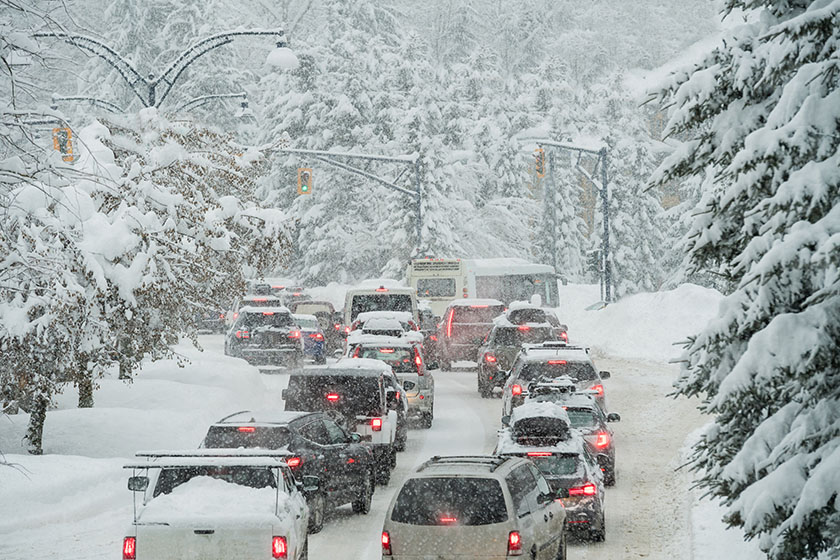Thanksgiving driving behavior trends 2025 Read article


Holiday shopping season is in full swing, and e-commerce retailers are dominating with a record-breaking 2019.
Of course, all of these online purchases have to reach their destinations somehow — whether that’s through regular mail, expedited delivery or in-store pick-up. That means more vehicles on already crowded roads and streets.
For example, in the week following Cyber Monday, package volume increased by over 68 percent—and has continued increasing through December. As people shop closer to the holiday, consumers also expect to receive their purchases quickly, opting for two-day or even same-day delivery.
In some cases, they sidestepped the wait for delivery altogether. In fact, this year saw not only an increase in online shopping but also a 43 percent uptick in buy-online-pickup-in-store purchases.
Whether it’s increased delivery trucks on the road or shoppers rushing to the store to play Santa themselves, the rise of e-commerce is leading to an influx of traffic and congestion on roads and city streets, especially during the holiday season. Combined with the unpredictable winter weather, this increased congestion also leads to headaches and increasingly hazardous conditions for drivers and commuters.
One solution for mitigating these issues across the entire transportation ecosystem: mobility data.
This data can help pave the way toward increased safety and efficiency in transportation, both from a macro scale (managing millions of trips simultaneously) and on an individual level (ensuring people get where they need to go). Additionally, mobility data can inform more efficient routes to alleviate congestion and ease the stress on fleets and consumers alike.
One example of how mobility data can make the roads safer this holiday season is Arity’s partnership with weather forecasting app WeatherBug on its highly anticipated commuter section. Pairing WeatherBug’s expertise in severe weather detection with Arity’s expert insights into risky driving, this new feature will help make users’ daily commutes safer and more efficient, especially in hazardous driving conditions.
This integration is one of the first of its kind to leverage mobility data and analytics in an app outside of the transportation space to provide this type of experience. Not only are WeatherBug and Arity working to make commuting faster, but they’re also making it safer – especially with the impending winter weather ahead.
Personal vehicles, micromobility solutions, and delivery vehicles are sharing increasingly crowded city streets due to the rise of e-commerce this holiday season and in general. Now, businesses across transportation can leverage mobility data so that we can help to alleviate holiday travel headache, from providing a more efficient route due to weather conditions or traffic congestion to sharing personalized notifications based on prior driving behavior – ensuring a happy holiday season for everyone on the roads!